We use cookies to help you navigate efficiently and perform certain functions. You will find detailed information about all cookies under each consent category below.
The cookies that are categorized as "Necessary" are stored on your browser as they are essential for enabling the basic functionalities of the site. ...
Necessary cookies are required to enable the basic features of this site, such as providing secure log-in or adjusting your consent preferences. These cookies do not store any personally identifiable data.
Functional cookies help perform certain functionalities like sharing the content of the website on social media platforms, collecting feedback, and other third-party features.
Analytical cookies are used to understand how visitors interact with the website. These cookies help provide information on metrics such as the number of visitors, bounce rate, traffic source, etc.
Performance cookies are used to understand and analyze the key performance indexes of the website which helps in delivering a better user experience for the visitors.
Advertisement cookies are used to provide visitors with customized advertisements based on the pages you visited previously and to analyze the effectiveness of the ad campaigns.
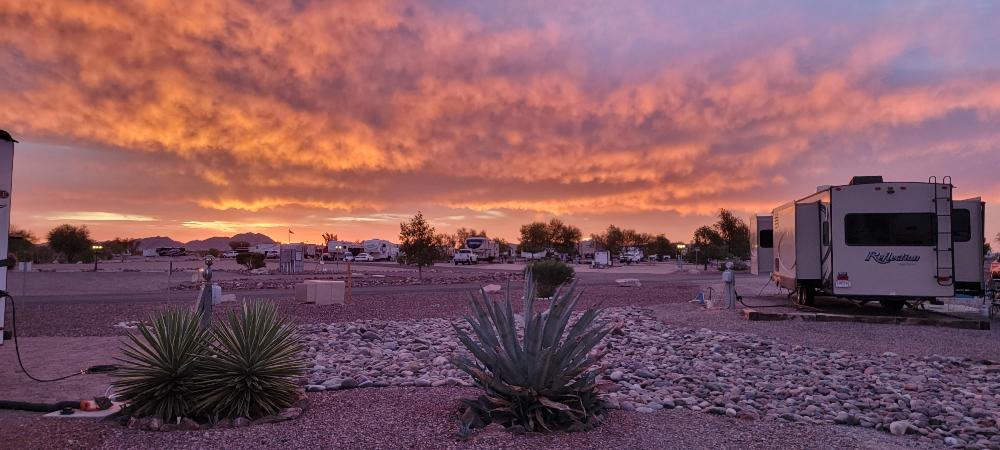
Gila Bend, Arizona
This dusty little desert town has been a blink or you’ll miss it for years, a spot to grab a quick meal and some gas on your way by. Is there more to this little town? Lets find out!
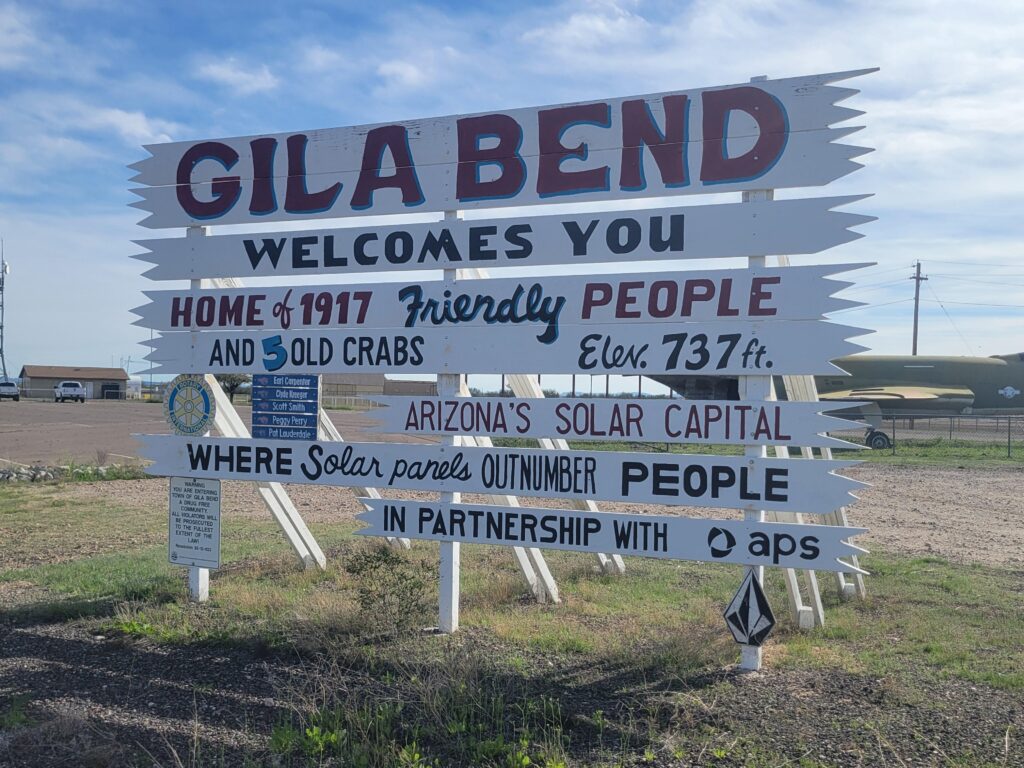
Named for the big bend in the Gila River, Gila Bend figures prominently in the early history of the southwest. Located on an historic route of travel, for centuries Gila Bend has has been a place for weary travelers to stop and rest. The small town of approximately 1,900 people is in the southwestern portion of Maricopa County, 70 miles southwest of Phoenix.
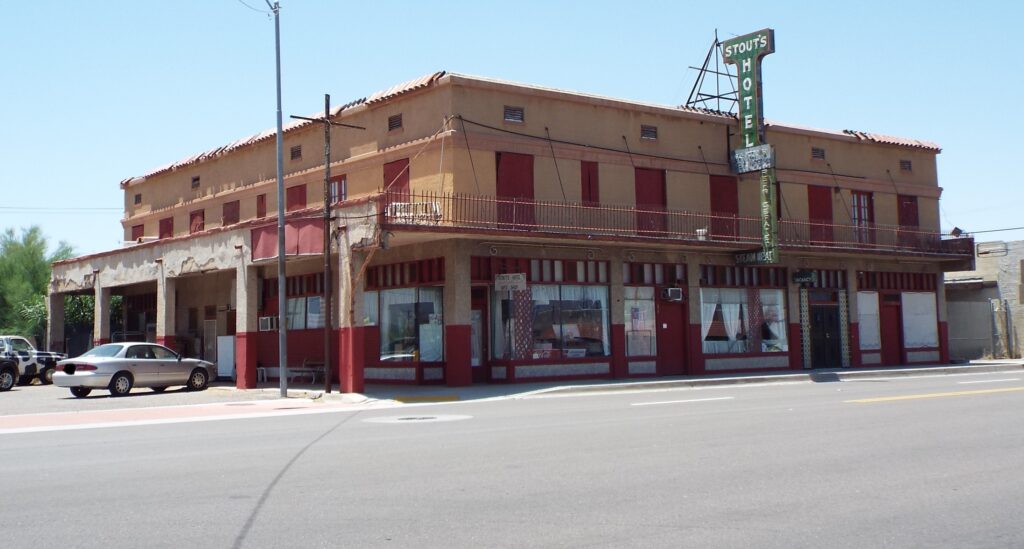
When the railroad laid its tracks in 1879, the town moved four miles southwest to its present location to take advantage of the economic opportunity. Portions of the 1879 Wagon Road and 1920’s unpaved ‘highway’ from Yuma to Phoenix are still visible today. Travelers in the 1920’s and 1930’s enjoyed rare ice cold drinks and fresh ice cream when stopping at the Stout Hotel in Gila Bend, which had its own ice generating plant.
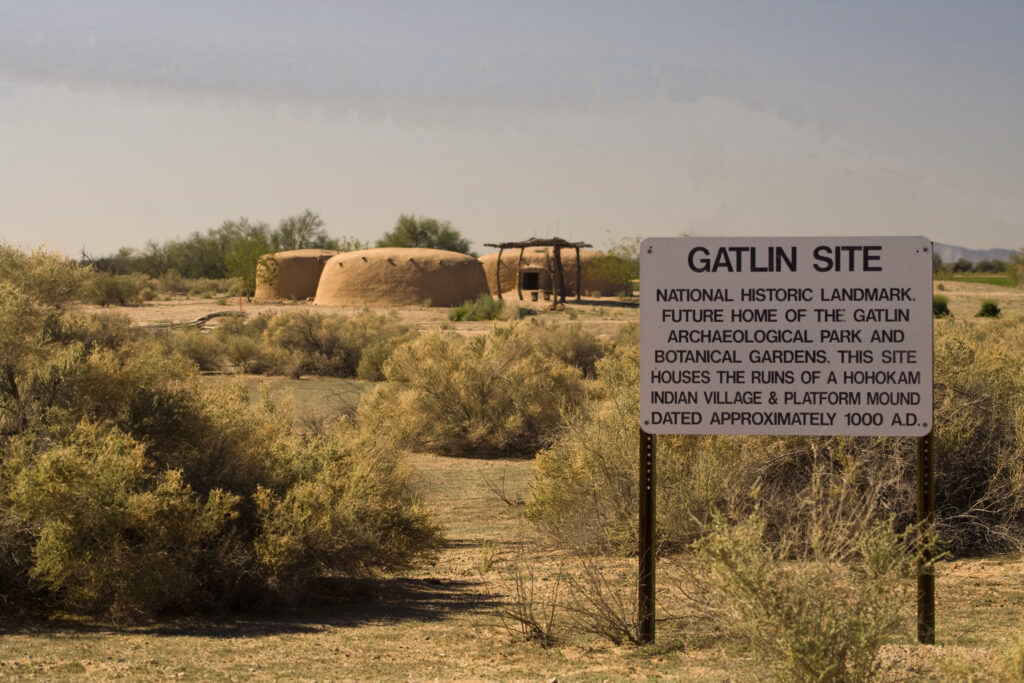
A large Hohokam settlement once thrived here and remnants of their platform mound and canal system remain. Those that stopped to rest and regroup in Gila Bend include famous guides Father Kino, Juan Bautista de Anza, Kit Carson and Jean Baptiste Charbonneau, the son of Lewis and Clark Expedition guide, Sacagawea. Well-known groups of travelers that stopped and rested include the Mormon Battalion and numerous 49’ers on their way to the California gold fields. The Butterfield Overland Stage had a timed stop in Gila Bend. Known as the Gila Station, the stop was built in 1858, burned down by marauding Apache and rebuilt. The Oatman family tragedy occurred near Gila Bend. Of the family of nine, one survived the massacre, one died in captivity and one, Olive Oatman, was ransomed from the Mohave’s with whom she had lived in captivity for many years.
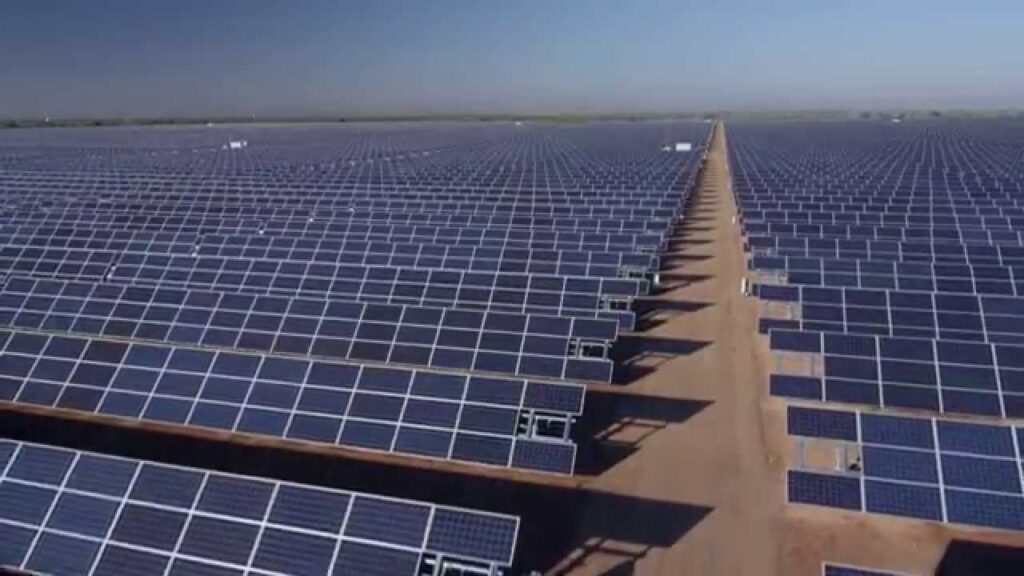
Fast becoming known as the solar capitol of the nation due to the use of cutting edge processes that have gained world-wide recognition, Gila Bend has received accolades from the U.S. Department of Energy and the White House. Utility-scale solar power is just one of Gila Bend’s industries. It is also home to the nation’s second largest natural gas power plant, a $1.2 billion installation, a $50 million paper mill, and more recently added Calgon Carbon, a global leader in making water and air safer and cleaner to industry. In the past few years, Gila Bend has seen more than $28 million spent on infrastructure, the addition of a the Gila Bend Resource Center, and the runway at the municipal airport resurfaced. Gila Bend has been setting its sights on establishing a national and international energy transmission corridor. Gila Bend, Crossroads of the Southwest!

After a day of rolling through the dramatic and diverse Sonoran Desert, you can roll your rig right into this KOA. It’s so convenient with the easy-on/easy-off access from both I-8 and AZ 85. The campground was built for RVers by RVers and it shows: You’ll find roomy full-hookup sites throughout the park – all big rig friendly! Relax by the heated pool, enjoy the outdoor fireplace on the 2,500-square-foot veranda or just soak up the desert views and dark evening skies from your site. Fido will love the 4,000-square-foot Kamp K9 with three separate corrals (two with grassy areas). Explore nearby historic sites or the many trails in the desert. Although you’re just an hour from Phoenix, you’ll feel worlds away as you savor a brilliant sunset at day’s end. Tent Sites closed June 15 – Oct. 1. Pool: Open all year.
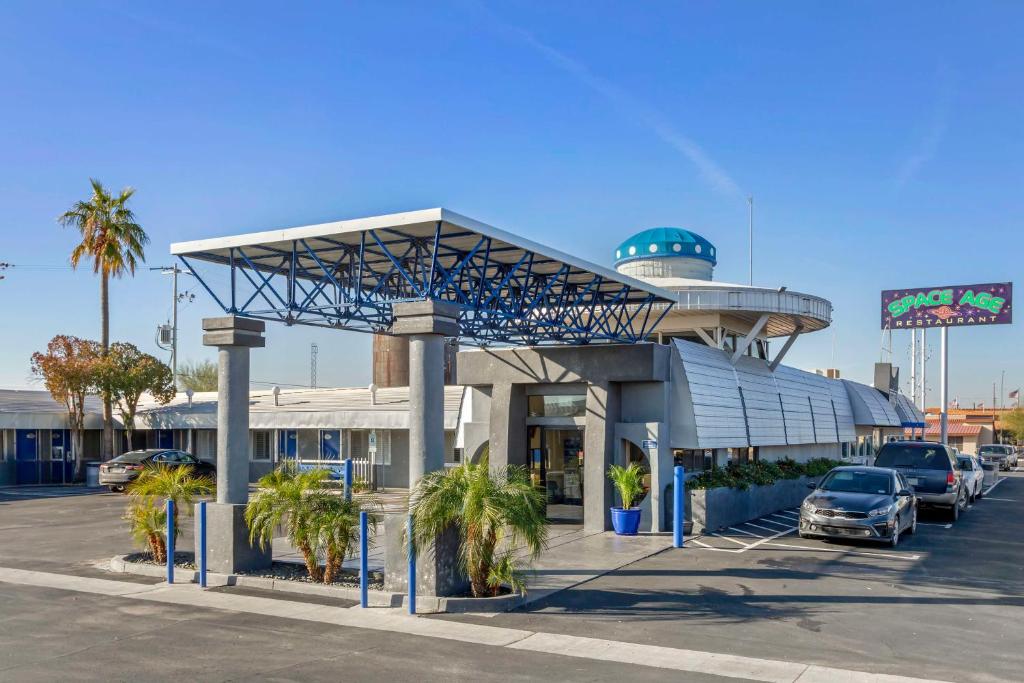
Stovall’s Space Age Lodge opened in 1965, according to a brief history on the back of the Lodge’s restaurant menu. A local wheeler-dealer named Al Stovall was its visionary. He had friends in the military and government, and his connections got him autographed photos of astronauts, which he hung on the walls of the Lodge’s restaurant. He also owned a plastics factory, which produced the custom space-age decorations that made his motel the closet thing to the Jetsons this side of the 23rd century.
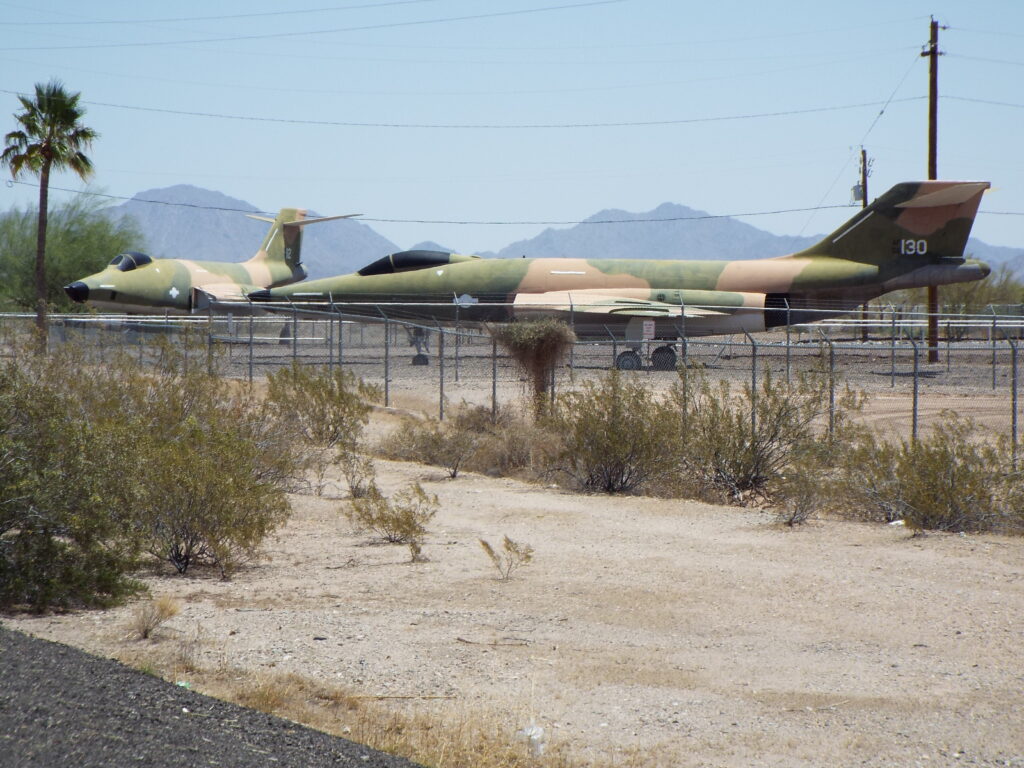
Gila Bend Municipal Airport has these retired fighter jets at the front gate. World War II created a massive demand for trained pilots. Arizona’s perpetually wonderful weather and desolate landscape allowed for nearly unlimited options for the military. All over the state, airfields popped up and were used to teach navigation, basic piloting and gunnery. While many of the Army Air Force fields were poorly documented for public consumption, there were no less than seven fields in the Gila Bend area. Most were multi-runway facilities optimized for the tailwheel aircraft of the time. Today, most of these airfields are mere aberrations on the landscape; barely visible. Some have succumbed to development and some have simply become overgrown.